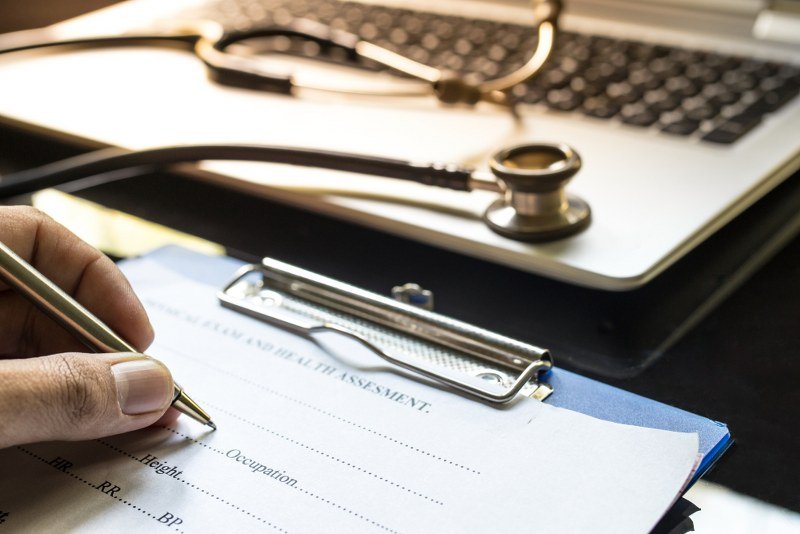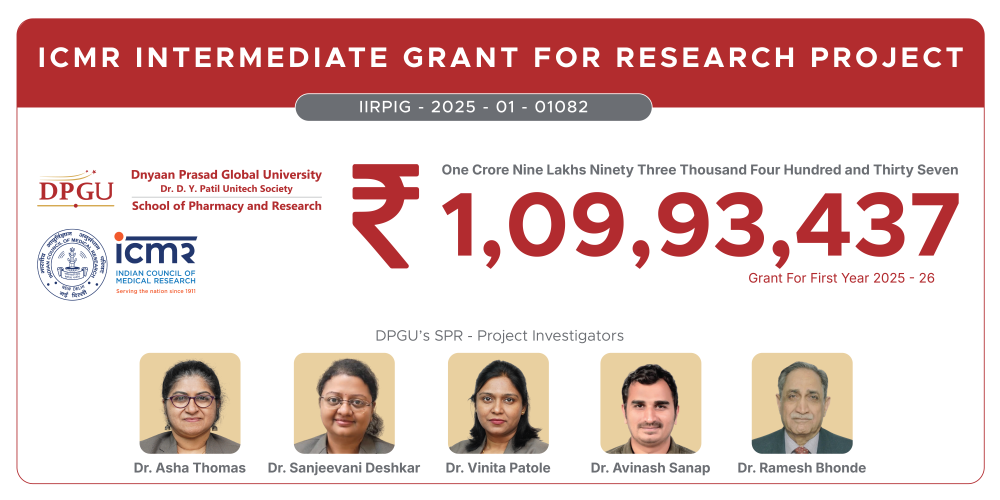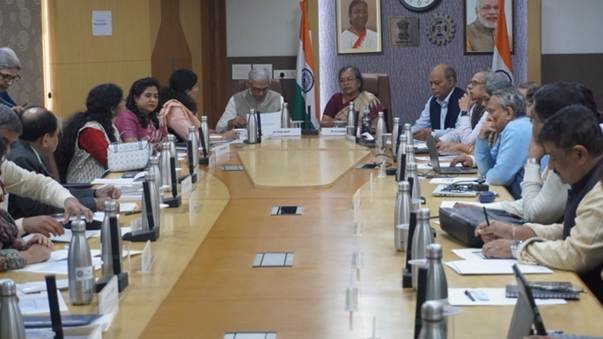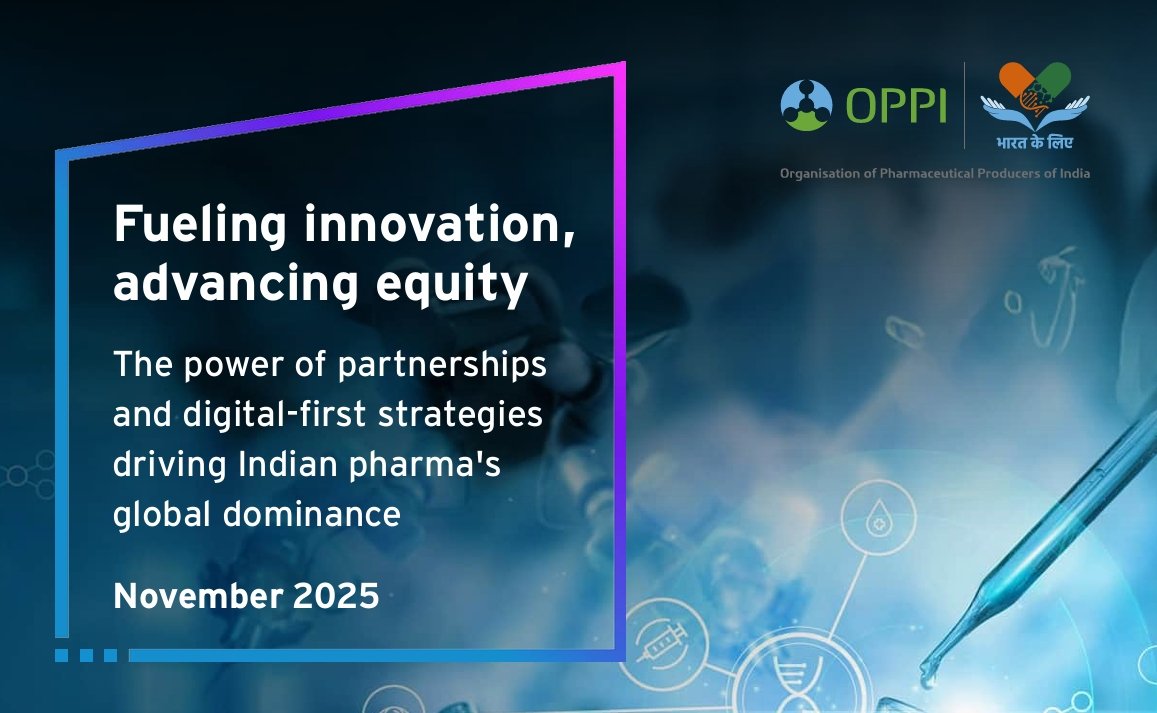Regulation changes with respect to telemedicine will help the masses at large: Nilesh Jain
May 08, 2020 | Friday | News
Nilesh Jain, Co-founder, CliniQ shares his views on telemedicine
Source: Shutterstock
According to the guidelines set by the WHO, the ratio of a government doctor to the population must be 1:1,800. However, reports recorded that India has only one government doctor for every 1,139 individuals. To make matters worse, qualified professionals choose the busy city life over the remote rural fields. So, as the effects of the COVID-19 pandemic began to unfold, people across the globe quickly turned to virtual care and remote monitoring. Teleconsultation gained recognition and became an essential supporting pillar for the dodgy health systems. Worldwide, political leaders urged the population to make the best of the services provided by healthcare workers through the use of technology. In order to provide reliable information and guidance on best practices to prevent the spread of the Coronavirus, the World Health Organization (WHO) also took advantage of technology and social media.
By definition, Telemedicine is the use of telecommunications and information technology to provide clinical services to patients remotely. WHO prefers to call it “healing from a distance“. Seeing that the practice of social distancing has gained momentum in the last few weeks, there has been a considerable change in the delivery of healthcare services too. Advancement in the infrastructure in information technology has made video conferencing with a physician as easy as calling a distant relative for advice about an upset stomach. Improved access to care and immediate resolution during times of crisis has allowed telemedicine to establish a firm hold but what lies ahead?
Today’s App-roach to healthcare:
The Ministry of Electronics and Information Technology and the Government of India recently launched a mobile app ‘Aarogya Setu’ to ensure the general public has access to all the information they need in real time - from a quick preliminary examination to tracking active cases, this app is instrumental in relaying reliable information through communities across the country. Numerous video-conferencing apps are being used for communication between doctors and patients. A variety of healthcare apps by both proprietary software owners and multispecialty hospitals are helping individuals find a physician under minutes to discuss early symptoms and take the right action.
Improved access to healthcare:
Stable networks connections and smartphone cameras have shrunk the gap between experienced professionals and the rural population’s demand for qualified healthcare workers. According to recent news, the Chief Minister of Maharashtra, Uddhav Thackeray urged retired practitioners to join forces with the government in the fight against COVID-19. Telemedicine is providing an efficient way to strengthen our healthcare system by balancing its demand using technology.
Inexpensive doctor visits:
Health-related services are expensive since most people often report a disease in its most chronic form. A majority of people refrain from consulting a doctor for minor conditions such as a flu. This ignorant practice is being modified by the use of telemedicine to cut down the cost of COVID-19 testing by providing immediate resolutions for reported symptoms and taking the necessary actions.
Challenges to telemedicine:
Although the practice of telemedicine has been encouraged by the WHO for the delivery of health services in remote areas for the exchange of valid information with regard to diagnosis, treatment, and prevention, it continues to be uncharted territory for smaller rural communities. Unaware of the concept of telemedicine, these communities are still struggling to find primary healthcare services and are resistant to telemedicine partly due to lack of reliable sources; but mostly due to lack of trust in online health services.
Another curious finding highlights the impact of telemedicine. It might be extremely easy to analyze the individual performance of healthcare professionals practicing telemedicine yet the collective outcome still remains conflicted as there is no definite framework or models available for accessing the quality of services provided.
Tomorrow’s AI-m for improving healthcare:
With changes in policies and Artificial Intelligence and Machine Learning peddling into the present, the healthcare system is expected to undergo a transformation. Instant diagnosis and early detection will not only enable patients to look at their health differently but also support health experts to expand their practice to include the overlooked sections of the society.










